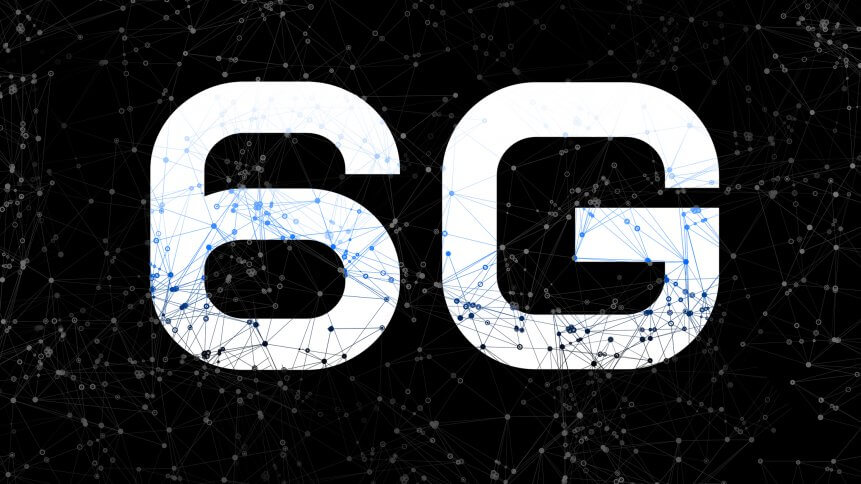Nokia heads up Europe’s 6G technology project

Finnish tech firm Nokia is set to lead Europe’s flagship 6G research project Hexa-X, an initiative that will focus on developing the vision for future 6G systems that “connect human, physical and digital worlds.”
Hexa-X will begin on January 1 comprising a consortium of European stakeholders including vendors, communication service providers, verticals, technology providers, and prominent European communications research institutes.
“It represents a significant step toward laying the technical foundation for 6G wireless systems,” said Ericsson, a key partner in the program.
With the promised potential of 5G yet to be witnessed, investing in 6G research may seem to be jumping the gun, but it’s thought services could be operational as early as 2028.
More than a year ago, China’s technology ministry claimed to be putting teams together to work on 6G, admitting that “the technical route is still not clear.”
And while the development of the future cellular networking technology is still embryonic, the general consensus is that the standard will deliver speeds of 1Tbps and latency of fewer than 100 microseconds.
That would make it 50 times faster than 5G and just one-tenth of the latency. For some perspective, 5G itself is expected to be 100 times faster than 4G.
YOU MIGHT LIKE

6G could drive next-gen artificial intelligence
Logically, 6G will be able to transfer much more data than its previous iteration and therefore could have applications in next-gen AI technology as the technology continues to advance.
But with future-gazers already predicting that 5G advances could potentially allow zero-lag connectivity, enabling remote surgery and live, hologram-projected sports events, imagining what more advanced speeds could cater for is difficult.
“In the 6G era we will see applications that will not only connect humans with machines but also connect humans with the digital world,” said Peter Vetter, head of access and devices research, Nokia Bell Labs.
“Such a secure and private connection can be used for preventive healthcare or even to create a 6G network with a sixth sense that intuitively understands our intentions, making our interactions with the physical world more effective and anticipating our needs, thereby improving our productivity.”
Ahead of Hexa-X, Nokia had already been working with the University of Oulu in Finland on project 6Genesis, comprising research programs focused on developing the 6G technology.
According to the firm, Hexa-X will be focused on tackling six research challenges that must be solved in order to lay the technical foundation for 6G.
These include the creation of intelligent networks that can drive the automation necessary to process the huge amounts of data that 6G will generate, the ability to combine multiple network technologies to create a seamless experience, and sustainability through reduced energy consumption.








